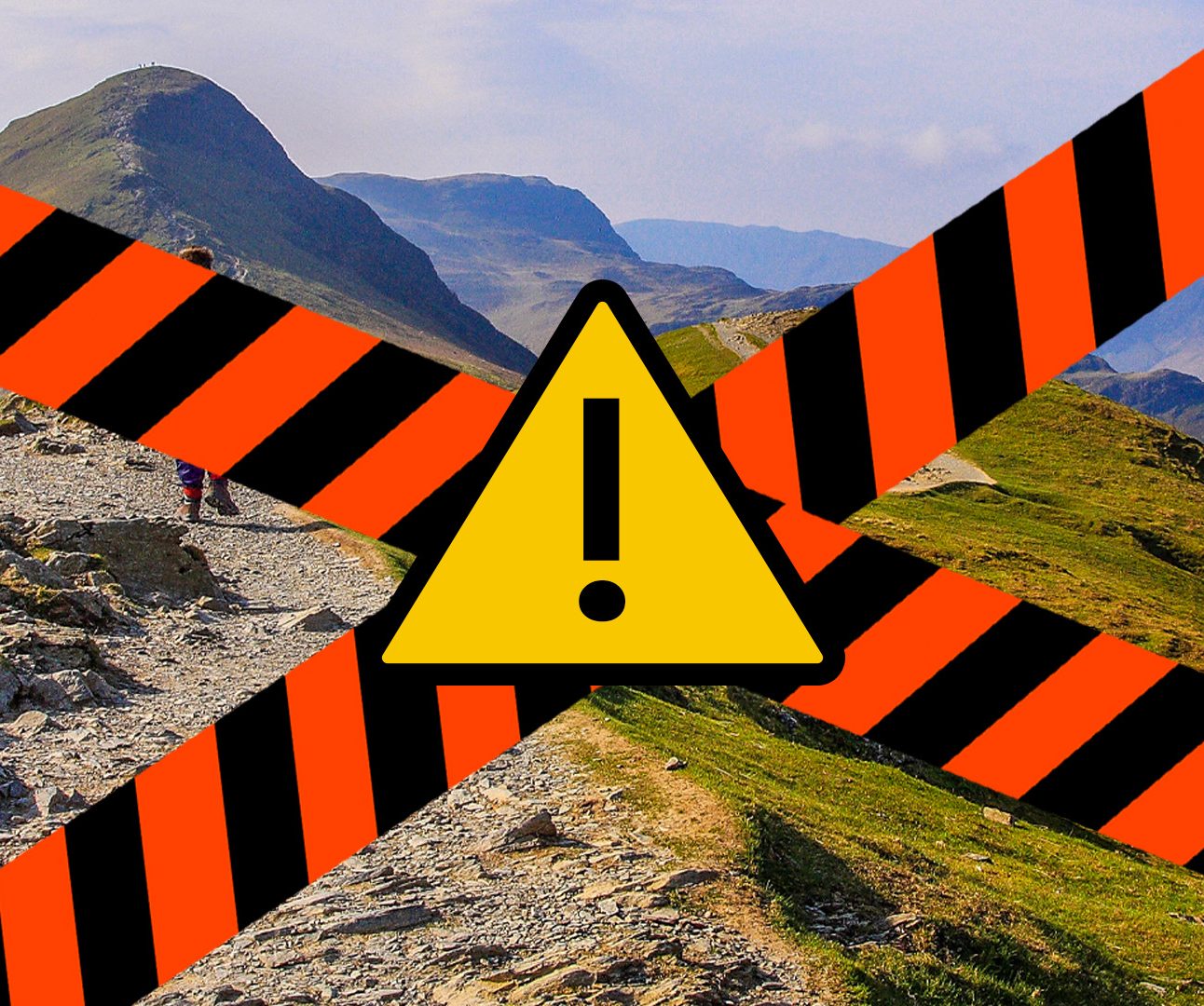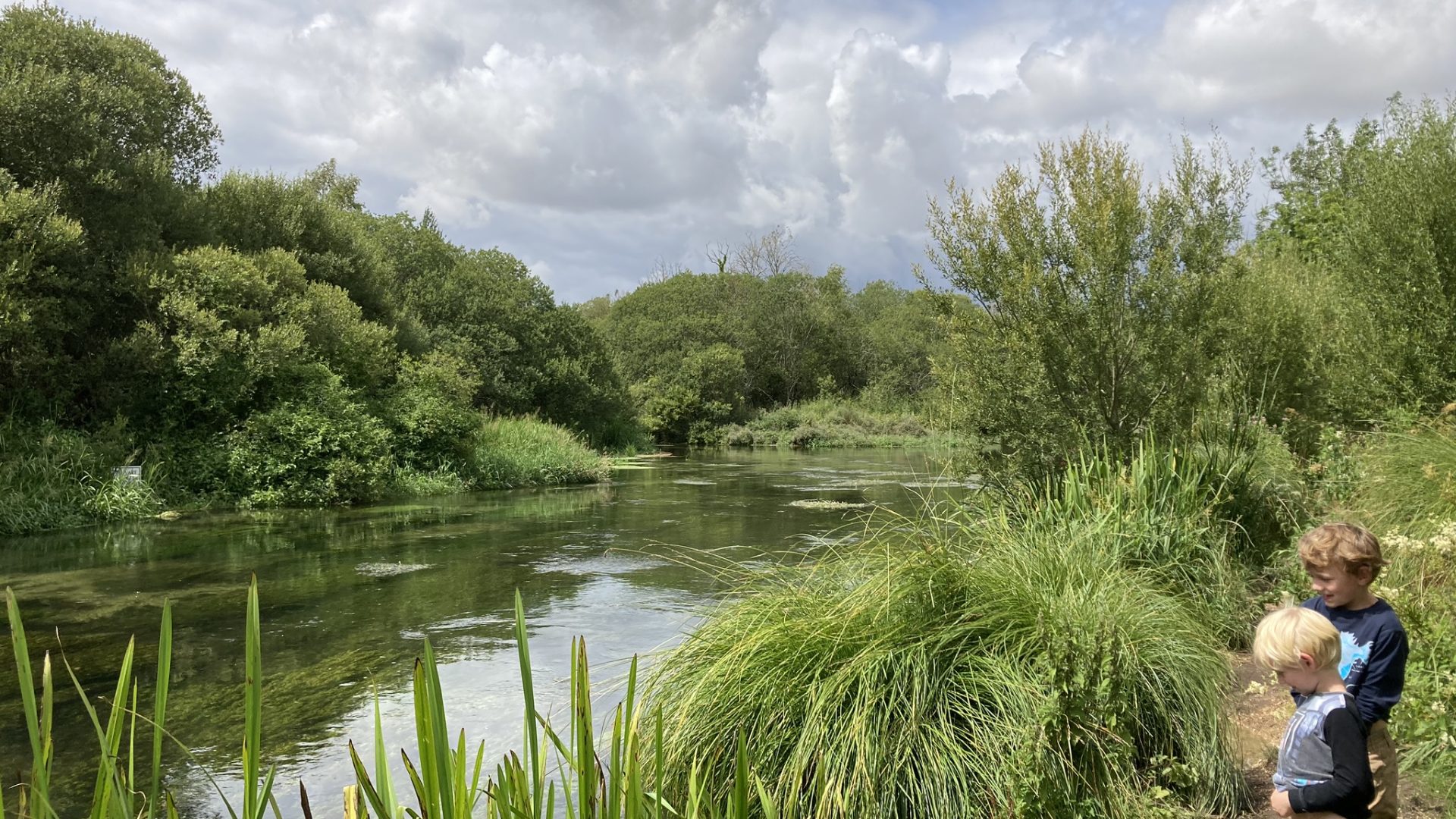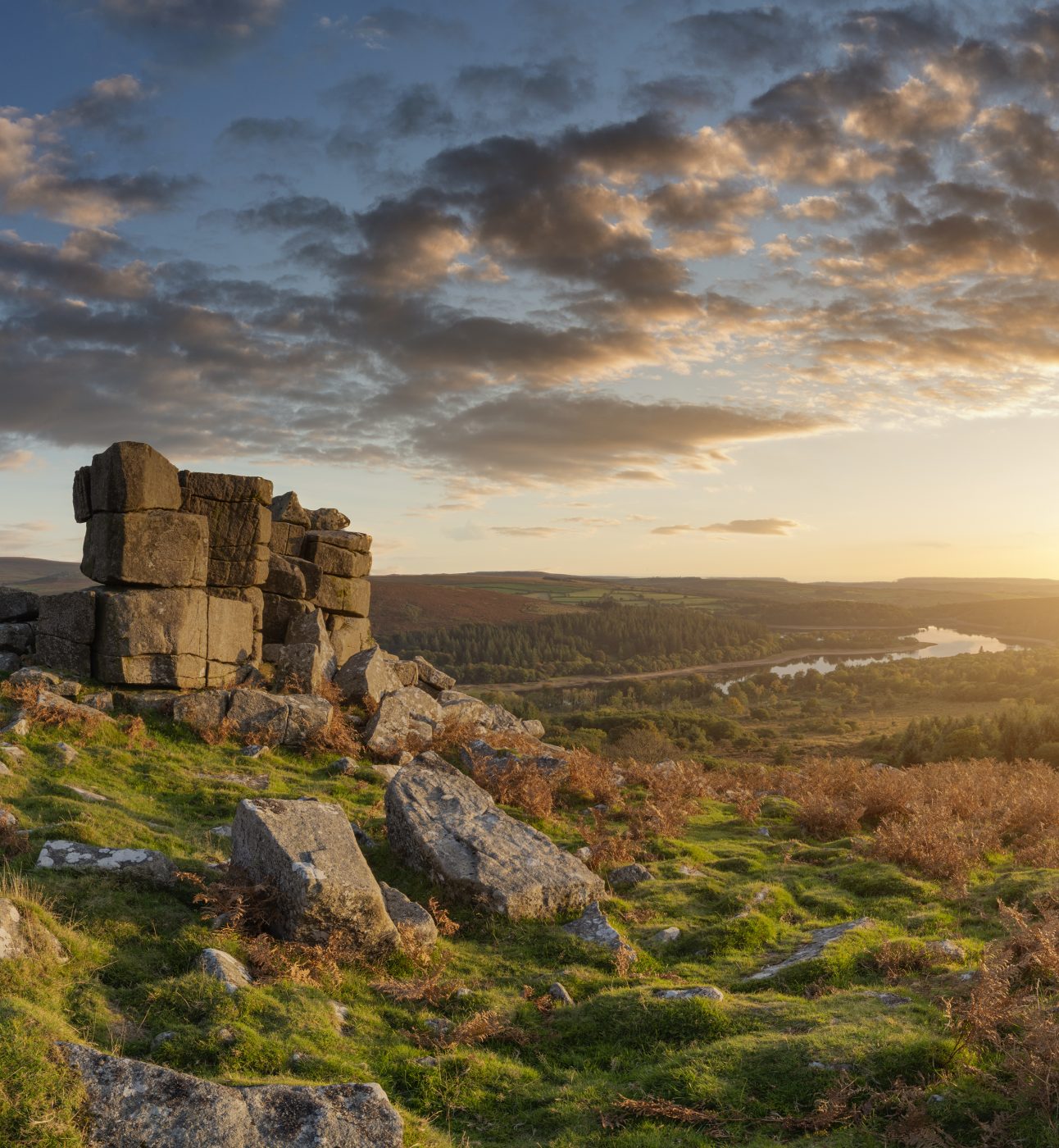
Write to your MP
Join our campaign and tell your MP to support strong planning protections for National Parks.

Published: 10 April 2025
Shortly after last July’s election, Ministers in England talked about transforming the planning systems in a way that would be a “win-win for housebuilding and nature”. Now the Planning and Infrastructure Bill has been published, it’s clear that what’s currently proposed is far from that, with nature, and our National Parks certainly on course to lose.
Whilst the National Parks planning protections remain unscathed, Part 3 of the Planning and Infrastructure Bill sets out the biggest change to nature law in England for decades. If enacted, it would fundamentally weaken the laws protecting sites (including SSSIs, sites protected under the Habitats Directive, Ramsar sites) and species (such as bats, newts, wild birds and water voles). For National Parks and National Landscapes, this is critical – because these contain over half of England’s protected sites. What’s proposed threatens to bulldoze through protected sites law in place to safeguard England’s most special and important nature sites including the special areas of conservation in the New Forest, the Broads, Exmoor Heaths, Bassenthwaite Lake and Borrowdale temperate rainforest (in the Lake District) and Dartmoor’s woods and heath.
Currently, the law requires developers to avoid these places as the default, only moving to mitigation and compensation in very restricted circumstances. The proposals in the Bill flips this principle on its head, enabling developers to pay into a “Nature Restoration Fund” administered by Natural England to contribute to ‘overall improvement’ of the protected site. The developer can then crack on and build, and it’s then up to Natural England to deliver the offset “improvement” at some unspecified point in the future. Whilst this may speed up development, there’s real concern that any ‘restoration’ or ‘improvement’ is not possible under various constraints in the model, including the fact that Natural England will be legally required to ensure that any levy paid does not make the development unviable, and the “overall improvement test” inherent in the model relies on a weak promise that measures are “likely” to deliver benefits. This could be used to justify damage to some of the most precious nature sites within our National Parks: glacial lakes, wetlands, chalk streams, heathland and ancient woodlands. What’s more, despite the fact that almost a third of all protected sites impacted by the proposals are within National Parks, it is unclear what role National Park Authorities and National Park management plans will play in delivery of any of the proposals.
With Wildlife and Countryside Link, and 30 other organisations, we’ve written to Ministers making clear that the Bill would dismantles essential protection for wildlife and habitats, weaken environmental law, risk species extinction and irreversible habitat loss, and proposed amendments.

Join our campaign and tell your MP to support strong planning protections for National Parks.

We're the only independent charity fighting for the future of National Parks. You can support our work by donating today.
Stay up to date with the latest news and campaigns from across the National Parks.